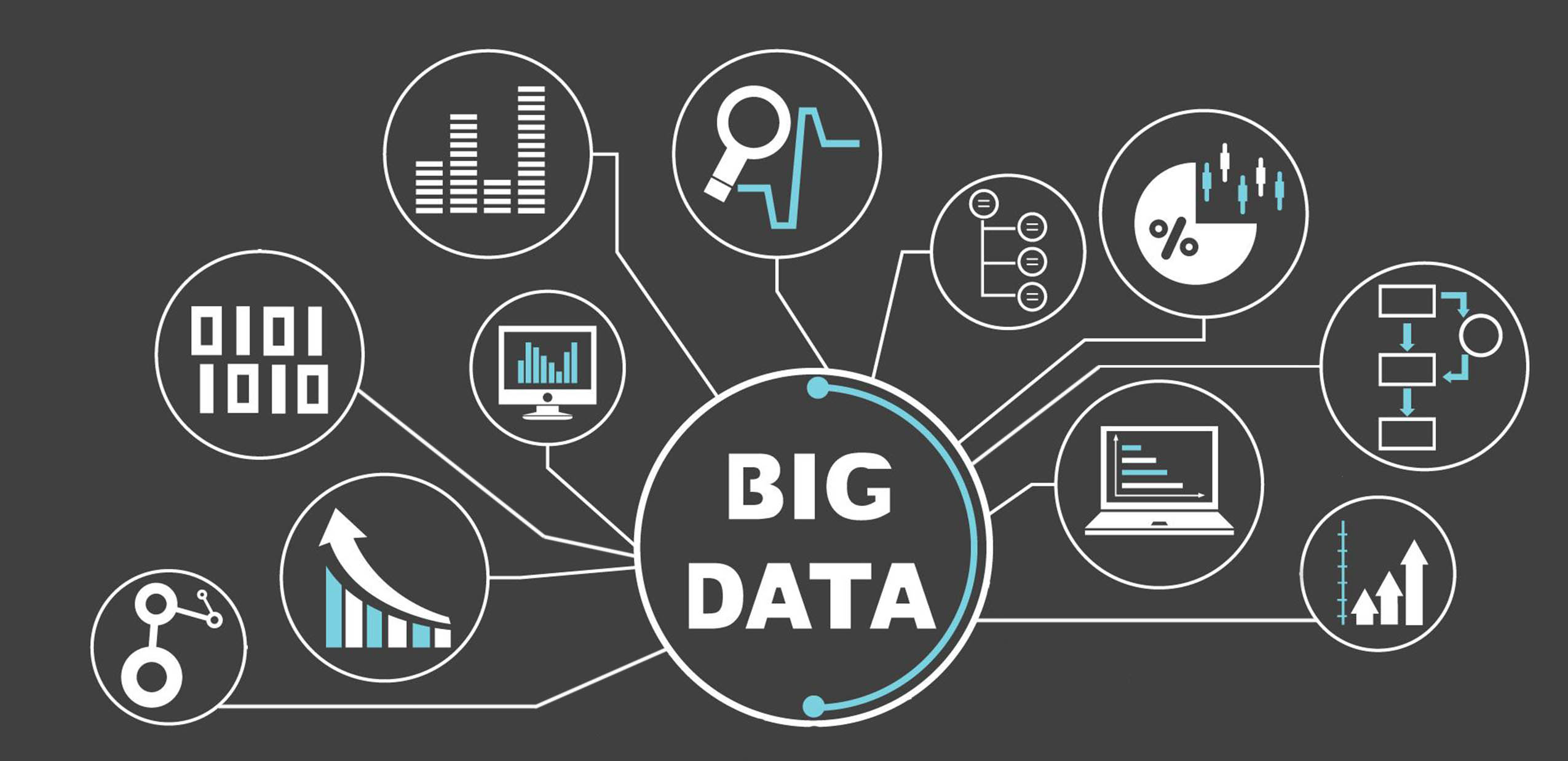Nearly four decades ago, in 1982, Robert Waterman produced his bestselling book “In Search of Excellence,” which said that businesses were “data-rich and information poor”. That distinction was well made then and still holds in many cases today. Commercial operators have exponentially more data to hand, thanks to the world wide web, but the information is still a very scarce resource, despite managers’ attempts to make good use of data. The failure is twofold; businesses don’t include data when forming their business strategies, and they don’t tailor their data targets to benefit their businesses. These twin failures are the result of many things, including a dearth of talent, unreasonable expectations, and pervading business culture. For any business serious about succeeding in the digital age, however, these problems must be solved; the potential power of data is far too important to ignore.
The fact that data is largely absent when businesses form their strategies is not really a surprise. Planning ahead is complicated enough. Juggling customer satisfaction, competition, possible regulatory changes, and a stubborn skills gap is enough of a headache for business planners. Add to these welcome newcomers like carbon neutrality, diversity, social responsibility, developing technologies and, yes, data, and those headaches double. There are many success stories out there that attest to the real added value data can have, but where exactly to place it in a strategy can be hard to get to grips with.
Many business operators have mixed feelings about data. Managers like to look at MI, but don’t always trust what they see. As few CEOs or operational managers are statisticians, most of them are confused by statistics. Of course, they are rightly proud of their own decision-making skills; this being the case, why complicate things by involving smart analytics or AI? At the same time, however, these managers react badly when data oversight causes their business problems. Managers are also aware that privacy and security are important, but don’t necessarily understand why. Also, making an enterprise digitally-driven often means a real change in corporate culture, whatever the size of that enterprise. This spells time and very serious thought; almost like tearing everything up and starting again. Small wonder, then, that data-driven strategy is the exception rather than the rule.
Technicalities involving data are also, well, technical. There is a huge range of choices out there to suit any demand, from analytics and AI to data quality, monetization, privacy, small data, and security. Despite this, actual work which gets done around data persists in being the keep-the-lights-on type; adding some fields to a database, trying to get two non-aligned systems to talk to each other, tweaking metadata, defining and enforcing low-level governance, implementing BI systems, wrangling and cleaning data to feed into ML algorithms, that kind of thing. All of these processes need business participation, but those actually implementing changes don’t really mix with the people requesting them. When requests go in for better data controls, workers who put them in place are by no means guaranteed to possess the skills or business connections to take an idea to its conclusion. Because of this situation, data activities often suffer from being low level, reactive, short term and nowhere near well enough connected to business strategy.
This is a shame, because, when properly integrated, data can accelerate almost any business strategy, both by refining processes and empowering those who carry them out. Imagine a large medical center. The management team knows that using data better is one of their core priorities; in order to deliver the right level of healthcare, it has to be. Unfortunately, the center’s data programs fall short of the management team’s expectations. To remedy the situation, the center’s Chief Data Officer (CDO) compares current data initiatives to his or her list of initiatives whereby data could bring added value. Right away, it’s obvious that the current data program is littered with one-off projects, none of which are aligned to the center’s strategic aims. The CDO is able to recommend aligning a number of these initiatives into the center’s central strategy; from then on, these can be well managed.
Almost immediately, the center’s performance improves. First to show are improvements in compliance costs and a reduction in fines accrued, both of which add up to several millions of dollars in savings for the center. By improving provider data across all its clinics, the center’s physicians found doing their jobs easier, which in turn led to better levels of patient care. Also, patient access improved, so that more visits were made for routine examinations and screenings for diabetes and colon cancer. Meanwhile, the center’s target operating margins were still hit consistently.
So, with its huge, complex demands, how did this medical center manage to find common ground, to land on some priorities which everyone bought into? At base, what they did was simplify the problem, and condense it into six data scenarios; situations from which any company can derive value. These are called “value modes”, and they are:
- Improved Processes
- Improved Competitive Position
- New and Improved Products, Stemming from Better Customer and Market Data
- Informationalization, or Build Data into Products and Services
- Improved Human Capabilities
- Improved Risk Management
In the real world, business managers and data leaders alike both recognize these value modes, often without realizing it. Because of this, strategists can use them as a common language to align their strategies. What value modes do is ease and encourage the discipline of thought, narrow focus, and drive really smart, useful business conversations.
Using value modes also helps business leaders to approach the question: “How can data help me?” As another example, a regional bank adopted value modes after losing a lot of its high-value customers. Their primary business goal, then, was easily defined; they needed to recover market share. The bank had been at a loss as to why this hemorrhage had occurred, so it began by trying to understand its reasons from their customers’ perspective. It first looked at its own products and services, as per Value Mode #3. Using advanced analytics, they found the unsurprising conclusion that many customers had been receiving consistently incorrect statements; on top of which, the bank continually failed to process their transactions in a timely fashion. Having discovered this via data, the bank’s CDO turned to Value Mode #1 - improved processes - and attention was consequently turned to statements and trade data.
To bring in these improvements in processes, the bank employed coordination between departments and across disciplines, which was achieved using both quality and governance programs. Firstly, they focused on client contact data; next on trade data; and finally, on statements data. Each step dug out and removed a crucial source of customer dissatisfaction, with the immediate effect that the bank stopped losing customers. Over time, customers began asking for ways to better manage their portfolios. This led the bank’s CDO to significantly upgrade its client portal. The result was that many of the bank’s high-wealth clients came back to it.
Value modes are also valuable because they facilitate communication between business strategists and the data experts who can help them form their strategies. They enable data people to clarify options in the full range of scenarios and to help businesspeople see the potential value of each option. Also, both “sides” of the business/data equation can use value modes to collaborate effectively, so that business people can see the wood for the trees. This cuts out a lot of the noise and hype which interferes with effective business planning. As an example, at present, artificial intelligence is bewitching both business people and data professionals; like a new toy, some people can’t wait to adopt AI for its own sake and find a way to shoehorn it into their organization or working life. While this will benefit those, who develop AI in the short term, any serious business planner should look long and hard at how the tech could benefit them; and a sensible data professional should be able to help them with that process. Using value modes is a proven way to make this collaboration happen.
Complexity and abstraction are both distractions, especially if you are trying to plan a business strategy. You need to align your data effort with your core strategy; this can only be achieved in tandem. The thought of it all may be daunting, as you try to juggle powerful data concepts and your own dynamic business picture, but using the six value modes above will help, significantly. These are not six silver bullets, and you’re not the lone ranger. Hard work will always get you there if you do it smartly. Using data to drive your business strategy is the smart move, and value modes can help you make that move.
































